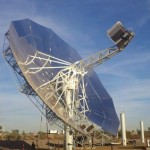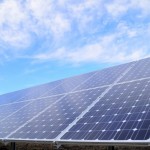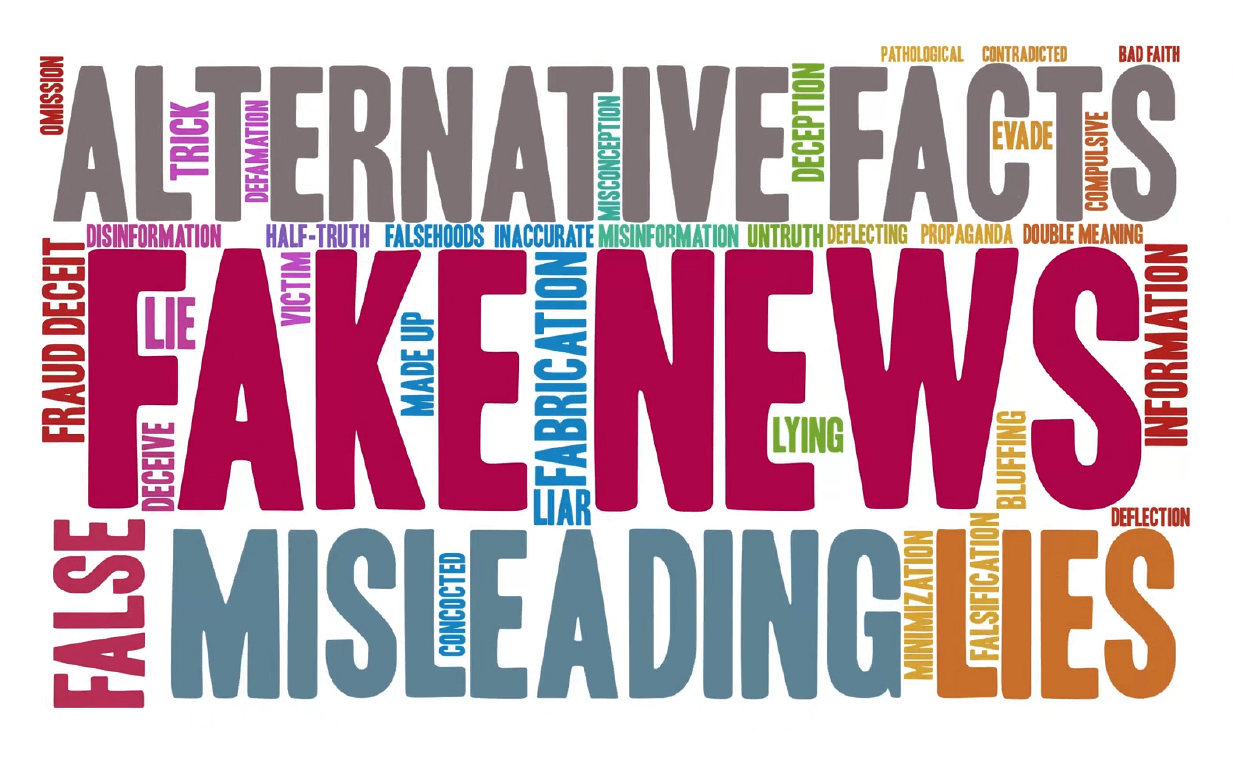Sedona AZ (June 10, 2014) – On June 3 of this year, the U. S. Department of Commerce announced it would impose a new CVD (preliminary Countervailing Duties) on Chinese manufactured solar modules. These new tariffs close the loophole created by the Commerce Department when it first tried to impose duties on Chinese-manufactured solar cells back in 2012, advises Jennifer Runyon, chief editor of RenewableEnergyWorld.com.
The solar industry has been built on the success of low cost solar modules. In Arizona, Greg Collins of Verde Solar Power estimates the new tariffs will increase the cost of grid-tied solar systems to the consumer at least 10%, delaying the payback of the basic system from 8 years to at least 9 years. He also points out that as solar costs have become more affordable, the incentives to encourage its development are being taken away.
APS (Arizona Public Service) discontinued its rebate program for solar systems last year, then added a fee that solar system owners must pay to be connected to APS. Collins says the fee is minimal.
But isn’t this the wrong direction to promote solar usage? The solar industry has done a great job at reducing the production costs of photo voltaic solar – prices are less than a fourth of what prices were 6 years ago. But solar system costs need to fall another third to get ready for the loss of federal tax credits at the end of 2016.
Although the findings by the Commerce department are preliminary, the DOC will immediately begin collecting the solar module duties. It is unlikely the determination will be countermanded. The DOC is expected to make its final determination on or near August 18, 2014, according to editor Runyon.
The U.S. Solar Industries Association (SEIA) called this news “damaging” saying these tariffs will slow the adoption of solar in the U.S. by raising the cost of solar for American consumers and businesses. Collins agrees, adding, “It is already a difficult proposition to help small businesses wanting to go solar. Businesses are the largest users of daytime power – when solar is working best. Perhaps they ought to be more encouraged to adopt clean, renewable power.”
Leasing companies help make solar possible for private home owners. Many private consumers, who are cash conscious or unable to use the tax credits on solar systems, use leasing companies to purchase and manage their systems. Companies like Verde Solar Power have found that leasing is often the only way the average person can get a solar system.
Over the warranty life of a solar array, solar systems will cost less than half what continuing to pay the utility bill would cost – but the solar costs are all upfront – a big hurdle for most people, and the higher costs due to this tariff will make it all the more so.
Perhaps the White House will help out the situation? The White House recently installed a solar electric system in May 2014. Its installation is about the same size solar system (6.5kW) as for the average American home, yet in Collins’ words “only around 2% of what the presidential power foot print is.”
Perhaps the White House just wants to get its solar toe wet? While we ponder that question, we also wonder what the true issues are about solar power – is it about who makes the solar panels or about providing power that does not damage the environment? Or something else?
What do you say? Your representatives in Washington hear many sides of the question. If you want your side to be heard, you will need to voice it.






We liked this alot but we can’t afford it though. Glad that your fire is out finally.